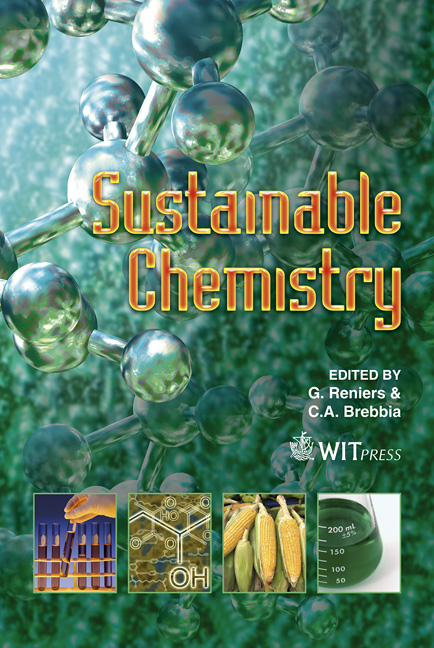Characterization Of Liquefied Products From Model Woody Components In The Presence Of Mineral Acid Catalysts
Price
Free (open access)
Transaction
Volume
154
Pages
12
Page Range
187 - 198
Published
2011
Size
539 kb
Paper DOI
10.2495/CHEM110181
Copyright
WIT Press
Author(s)
Q. Wang, Q. Chen, P. Apaer, Q. Qian, T. Maezono, N. Mitsumura, H. Kurokawa & X. Guo
Abstract
Cellulose and lignin are the main structural polymers in the plant cell wall. Cellulose is the structural component of the primary cell wall of green plants, many forms of algae and the oomycetes. About 40–50% of woody matter is cellulose. Lignin is a highly cross-linked polymer created by the polymerization of substituted phenolic compounds, known as monolignols, such as coniferyl, pcoumaryl, and synapyl alcohol. Liquefaction process is one of the promising techniques for effective utilization of woody biomass for the lignocelluloses can be converted to liquid reactive materials as the bio-based materials. Cellulose would have an advantage of providing liquefied product with small range of variance. The phenolated woody components have high acidity in the presence of mineral acid catalysts and possess the constituents which can react with formaldehyde. In addition, lignin, one of the major woody components including the hydroxyl-benzyl structure, has the potential to react with formaldehyde. However, as its complexity in structure, the liquefaction mechanism and the liquefied products with phenol should be found out to solve some problems such as the reaction efficiency and low molecular weight products, and it will be useful to preparation of bio-based materials thought the liquefaction processes. In our study, two model woody components have been used under the different liquefaction conditions with phenol. In our experiments, the model cellulose component is specially used in the experiment to test the characteristics of the
Keywords
woody components, liquefaction, gel permeation chromatography, eco-polymeric materials, mineral acid catalysts





